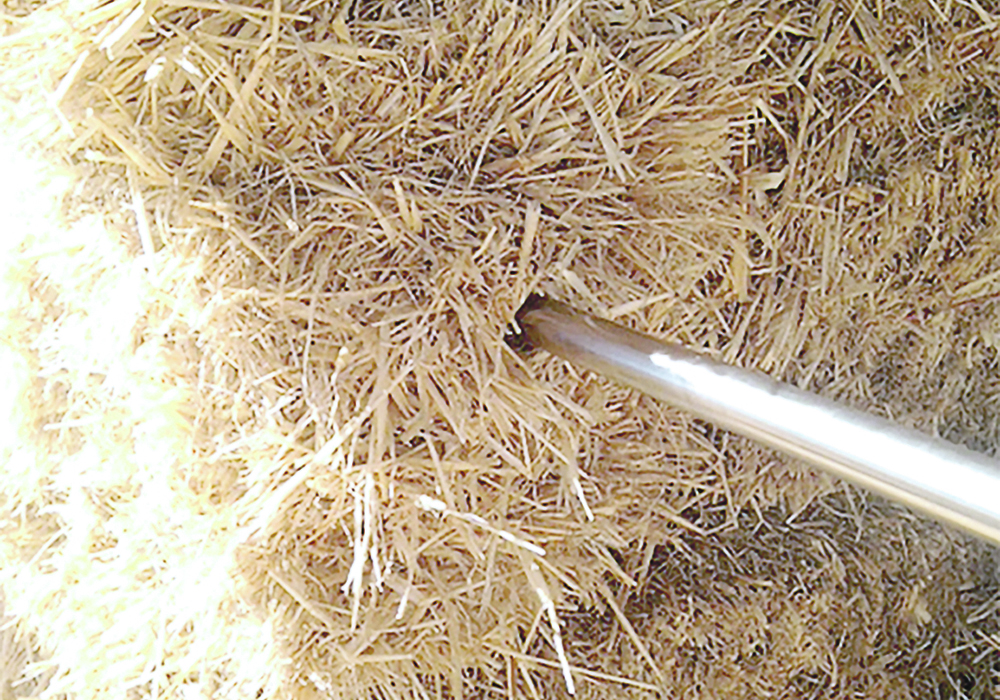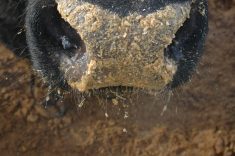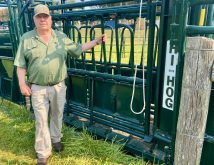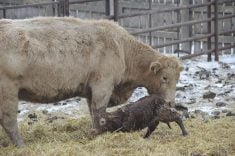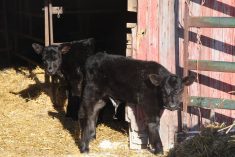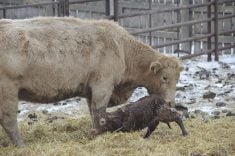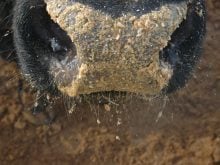Nutrients are needed for reproduction, to maintain a pregnancy and grow the fetus as well as basic maintenance needs
Cows must have adequate body condition to cycle and rebreed in a timely manner and that requires enough feed and energy to meet their needs, says a prominent veterinarian.
Beyond basic maintenance needs, nutrients are needed for reproduction, to maintain a pregnancy and grow the fetus. Lactation after calving requires the most nutrients. As lactation peaks, the need for nutrients increases. The lactating cow must have adequate nutrition for milk production and additional nutrients to get pregnant.
Gaining body weight is nature’s signal that the cow can maintain a pregnancy. In an environment with limited feed, select animals that fit that environment.
Read Also
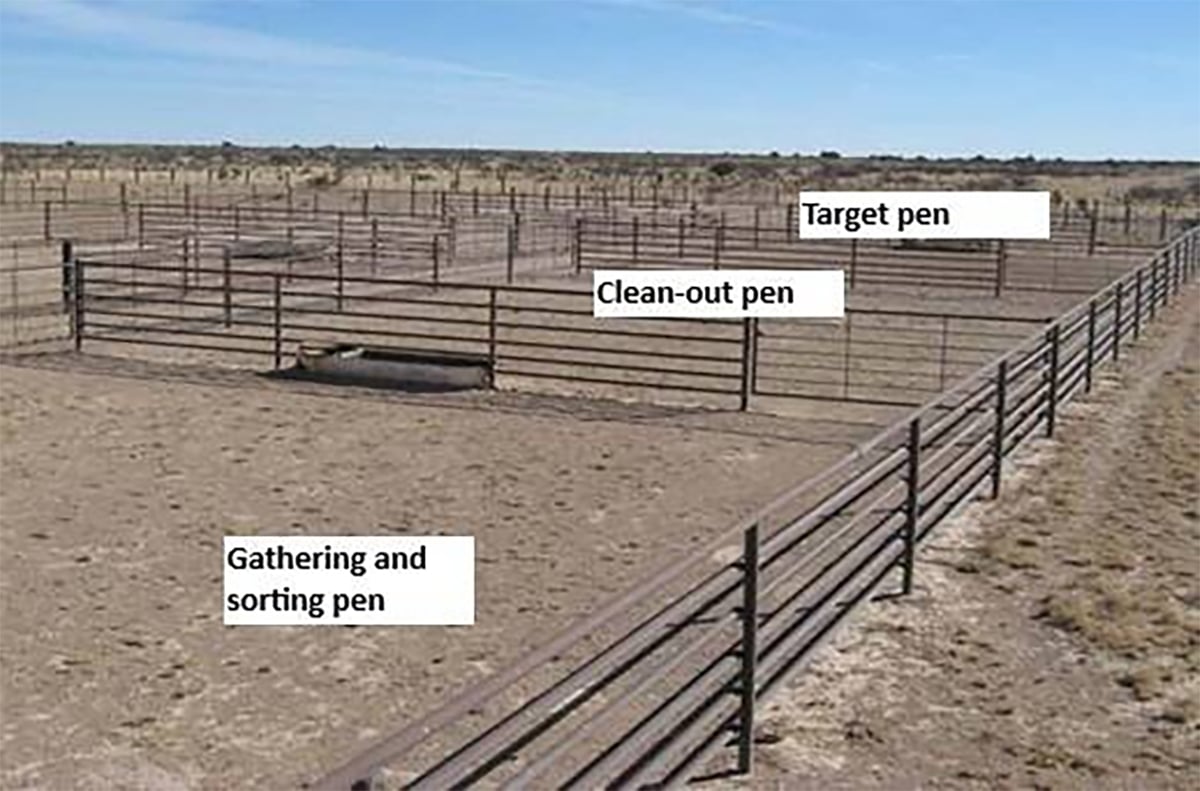
Teamwork and well-designed handling systems part of safely working cattle
When moving cattle, the safety of handlers, their team and their animals all boils down to three things: the cattle, the handling system and the behaviour of the team.
Many cows are thin this spring due to last year’s drought. Dr. Bart Lardner of the University of Saskatchewan says calving troubles could occur because cows were fed all types of alternative feeds to get them through winter.
“Cows generally start cycling within 80 days after calving, but this year it may be 90 to 100 days before they can cycle properly and conceive,” Lardner says.
“If you are summer calving, this requires adequate pasture quality at that time. Typically, we want to see a flush with high-quality feed before breeding. You might want to test your forages to see if you need to supplement poor-quality pastures.”
Dwayne Summach, a livestock and feed extension specialist with Saskatchewan’s agriculture department, says there are benefits in improving cows’ body condition prior to breeding.
“If cows don’t have good pasture during this time, we need to determine how we can supplement them to improve body condition,” he says.
“I feel the minimum would be 2.5 (body condition score) and optimum is three to 3.5. I’d rather have a cow carrying extra flesh than be at 2.5, since she needs some reserve. A cow at body condition four might mean you put too much feed resource in her, though she might also just be an easy keeper,” says Summach.
“A cow is naturally going to lose weight after she calves. Milk production triggers hormonal changes that tell her body to mobilize back fat and turn it into milk fat.
“If she starts at body condition 2.5, there is no leeway for that loss. If she starts at 3.5 to four, however, she has enough reserve to lose weight and still rebreed on schedule. We want to provide a rising plane of nutrition prior to breeding. This is very beneficial when dealing with mature cows that are borderline in condition.”
Summach says it is difficult to boost thin heifers that might still be growing.
“If their body condition score is two or less, we’ll have less than 40 percent conception rates. This means we haven’t done our job in managing these animals; we have not provided the resources they require.”
Dr. Gregory Penner, a ruminant expert at the University of Saskatchewan, echoed Summach’s assessment of cows’ nutrient needs.
“Nutrient requirement for cows nearly doubles once they start lactating and actually starts increasing a little before they calve.”
The need for adequate feed after calving must be balanced with feed prices, however. “I’ve never seen feed prices as high as they are right now, but this doesn’t change the importance of providing nutrition for these cows,” says Penner.
“The data on pre-breeding nutrition is fairly old but very clear, that cows on a decreasing plane of nutrition after calving will take longer to return to estrus and have lower pregnancy rates than the cows that are maintaining or increasing body condition.”
It’s important to monitor cows’ body condition,” he adds.
“We’ve done research on this and we’re calling it phenotypic selection. What we did was monitor body condition score at calving, and their calf weaning weight as a function of their body weight. We also monitored when they calved in their calving season.
“We were able show that cows that consistently perform well, based on maintaining backfat, calving early and having a high weaning weight relative to their own weight are more efficient. We can see physiological differences that prove they are more efficient,” says Penner.
Each ranch situation varies in environment, feed availability and what a person can afford in supplements, but it’s important to assess nutritional status.
“We can look at cows and their body condition and confirm that they are not hungry, but we still may not have an optimized feeding system. With high feed prices, least-cost ration balancing becomes very important and can save producers a lot of money.
“We can avoid over-feeding of nutrients when they are not needed and ensure an adequate supply when they are needed.”
Feed testing will indicate nutrient levels in forages and indicate needed supplements.
“Here in Saskatchewan, we have a very supportive ministry of agriculture and feed extension specialists who can help producers with this process,” Penner says. “There are also veterinary clinics and nutrition companies that will do this for their clients.”

